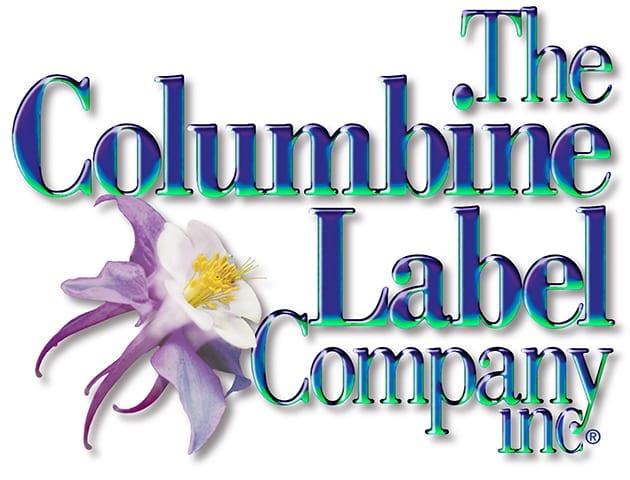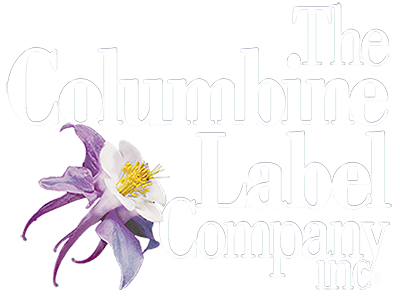There’s no doubt shiny objects catch our attention. A new penny on the ground. The chrome trim on a classic car. A diamond engagement ring. You can add products with foil stamped labels to that list, too.
Whether consumers are shopping in-store or online, the reflective glint of a foil stamped label is guaranteed to not only attract attention but also convey a level of quality and sophistication sought out by shoppers. So why should you seek out a foil stamped label printing service?
What is foil stamping?
Hot Foil stamping is a specialty printing process that uses heat and pressure to transfer a design onto the label material with foil film rather than ink. In this process, an engraved metal die or plate is created in the shape of the desired foil effect on the label design. The plate is heated and stamped against the label material with a thin metallic foil film in between. The heat and pressure bond the foil to the label substrate producing the metallic effect.
Like hot foil stamping, cold foil stamping uses an engraved plate that transfers the thin foil film to the paper or film substrate. However, cold foil stamping requires adhesive for the foil to stick. In cold foil stamping, the finished image lays flat against the material whereas hot foil has a slightly raised feel.
Foil stamping is often used in conjunction with embossing which creates a three-dimensional effect that elevates the look and feel of a custom label design.
What foil stamp effects are available?
When this gilded technique was first used in the early days of printing to embellish the designs and calligraphy on expensive books and
While foil stamping can be done on an entire label design, it is typically used to highlight specific aspects of the label design, such as the product name or logo. For impactful and unique designs, foil stamping can be used with contrasting substrates, such as textured papers, films, matte silver foil, or matte black material. Because foil material is opaque, the color of the foil remains the same regardless of the type or color of material onto which it is stamped.
What types of packaging and products can foil stamping be Used on?
This specialty printing technique is a high-impact effect that is accessible to any consumer-packaged goods producer. That’s because labels featuring a foil stamp can be used on any shape label (custom or standard) and applied to any packaging shape or application material. Foil stamping is especially popular with the wine and spirits industry, health and beauty, and CBD products because it helps brands achieve an eye-catching, high-end image.
Tips for designing foil stamped labels
To achieve the optimum results of foil stamping in your label design, there are a few important design considerations for the artwork:
- Vector art: Designs intended for hot foil stamping must be created as vector artwork rather than bitmap or raster art. In order to get proper measurements on the line weights, art must be supplied at 100%.
- No shading or gradients: Because of the nature of the hot foil stamping process, shading and gradients are not possible. Foil stamping can only be applied as 100% values.
- Size matters: Type that is foil stamped appears bolder than it does when printed in ink. For this reason, avoid using foil stamping on small or thin fonts, intricate design elements, hairlines, or a foil stroke added to small type or objects. It also helps to increase kerning and leading to the typography to enhance legibility. The minimum line weight is .003. The minimum reversed area is .007.
- Finish with a finishing touch: Foil stamped labels can be enhanced with additional finishing touches such as emboss or varnish.
- Foil Isn’t Everything: Don’t bank on just the foil to catch someone’s eyes. Consider coloring, shape, materials and other variables before ordering is most advised. Our article on color psychology might make for a great read alongside this article.
Ask the experts
If you’re ready to outshine the competition, foil stamping may be the right effect for your custom printed labels. At Columbine Label, we have extensive experience helping customers achieve the right look to match their design, budget, and marketing needs. Contact us for a free consultation.


